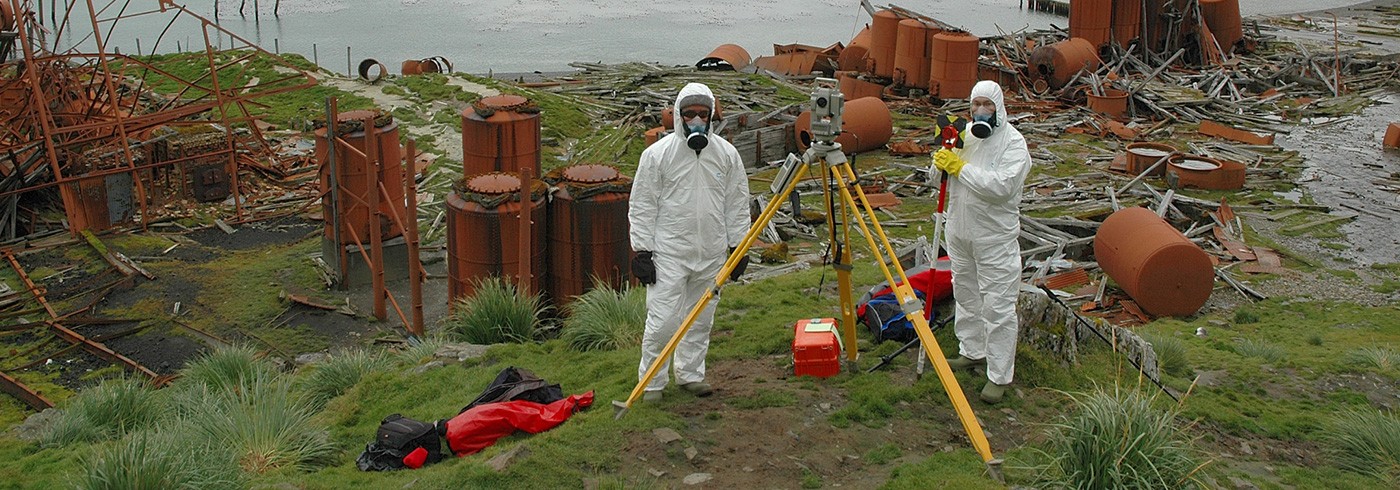The objective of the LASHIPA project was to clarify the historical development of large-scale natural resource exploitation in the polar areas from the 17th century to the present, and to examine the geopolitical and environmental consequences of that development. The project used an international comparative approach and a historical-archaeological methodology to study both archival sources and the physical evidence of natural resource exploitation in the polar areas. The LASHIPA 6 expedition was an international undertaking, involving researchers and doctoral candidates from Sweden, the Netherlands and Norway.
The whaling industry
Prince Olav Harbour contains the remnants of a British-South African whaling station that was operated during the first decades of the 20th century. The remnants of the station provided information on how the South Georgia whaling industry was operated from a technological, social and political standpoint. What strategies did the different whaling companies employ when adapting their industry to the political, social and environmental conditions of Antarctica? To answer these questions, the expedition team surveyed the station in detail, made maps and plans, and did an inventory of the site. The results also served as a basis for comparative studies of other industrial sites in the Arctic and Antarctic.
The sailing yacht Seal
The LASHIPA 6 expedition used the expedition sailing yacht Seal – a 56-foot aluminium cutter with a swing-up keel and rudder for groundings. The ship carried five researchers and two crew members. At Prince Olav Harbour it served as a base for lodging, meals and post-processing of data from total stations and other mapping devices.
Principal investigator
Dag Avango
KTH Royal Institute of Technology

